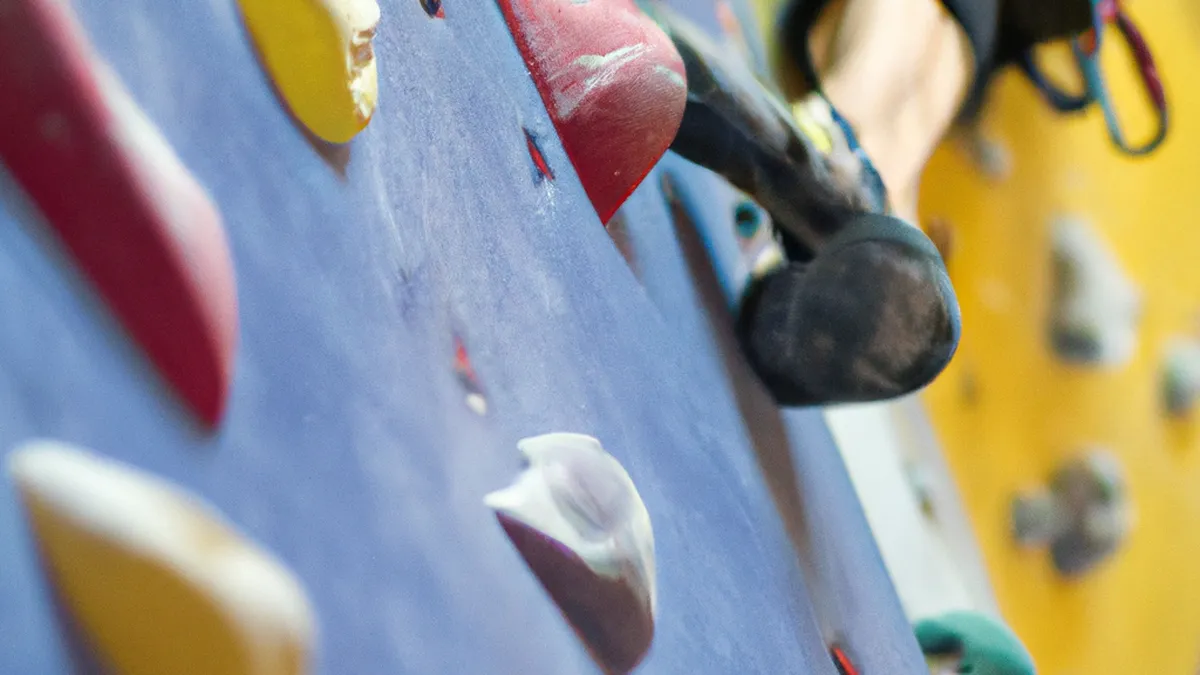Rope Techniques to Tackle Steep Descents
Rope Techniques for Descents: A Comprehensive GuideDescending from heights thrills and challenges adventurers. Mastering rope techniques ensures safety and success in canyoneering, rock climbing, and mountaineering. This guide shares effective rope techniques for descents with valuable tips and benefits.
Understanding the Basics of Rope Techniques
Understand essential rope techniques before descending. Familiarize yourself with the necessary gear first. Gather a sturdy rope, harness, carabiners, and a belay device. Each piece of equipment ensures safety during your descent.
Gear Essentials
1. **Rope**: Use a dynamic climbing rope for climbing and a static rope for rappelling. Choose a rope diameter and length suitable for your activity.2. **Harness**: Select a well-fitted harness that evenly distributes weight. Look for harnesses with gear loops for carabiners.3. **Carabiners**: Locking carabiners provide added security. Use them to connect your rope to your harness and other gear.4. **Belay Device**: This device controls descent by providing friction against the rope. Learn about different types, like the ATC or figure-eight device, since each offers unique handling.
Knots
Tying knots forms a fundamental skill in rope techniques. The **figure-eight knot** secures the rope to your harness. It’s easy to tie and untie, even after loading. Practice until you can tie this knot quickly and confidently. Other useful knots include the **Bowline** for fixed loops and the **Prusik knot** for ascending and backup safety.
Descent Methods
Explore various descent methods, including rappelling and lowering. Rappelling involves sliding down a rope. Lowering typically uses a belay device to control descent. Each technique has specific applications and advantages.
Tips for Safe Descents
As an Amazon Associate I earn from qualifying purchases.
Gear tip: consider belay device, climbing shoes, and chalk bag to support this topic.
Safety remains paramount during descents. Follow these essential tips for a secure experience:
1. Inspect Your Gear
Inspect your gear before each descent. Check the rope for wear, like frayed edges or cuts. Review your harness, ensuring all buckles function properly. Replace damaged gear immediately to prevent accidents.
2. Use a Backup System
Always implement a backup system when rappelling. A **prusik knot** or backup belay device serves this purpose. This safety measure can prevent falls if your primary system fails. The prusik knot lets you ascend the rope to return to a higher point.
3. Control Your Speed
Maintain control over your descent speed.
Conclusion
In summary, mastering rope techniques enhances your safety and success during descents. Practice these skills regularly to ensure preparedness.
Below are related products based on this post:
FAQ
What are the essential gear items needed for rope techniques?
Essential gear for rope techniques includes a sturdy rope, a well-fitted harness, locking carabiners, and a belay device. The type of rope varies depending on the activity, with dynamic ropes for climbing and static ropes for rappelling. Each piece of equipment plays a crucial role in ensuring safety during descents.
What is the purpose of tying knots in rope techniques?
Tying knots is a fundamental skill in rope techniques, as they secure the rope to your harness and provide safety. The figure-eight knot is commonly used for its ease of tying and untying, even after being loaded. Other important knots include the Bowline for fixed loops and the Prusik knot for ascending and backup safety.
What safety tips should be followed during descents?
To ensure a safe descent, it is vital to inspect your gear for wear and functionality before each use. Implementing a backup system, such as a prusik knot or backup belay device, is essential to prevent falls. Additionally, maintaining control over your descent speed is crucial for safety.















Post Comment